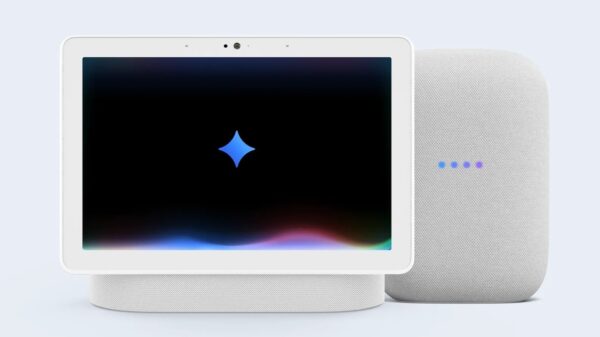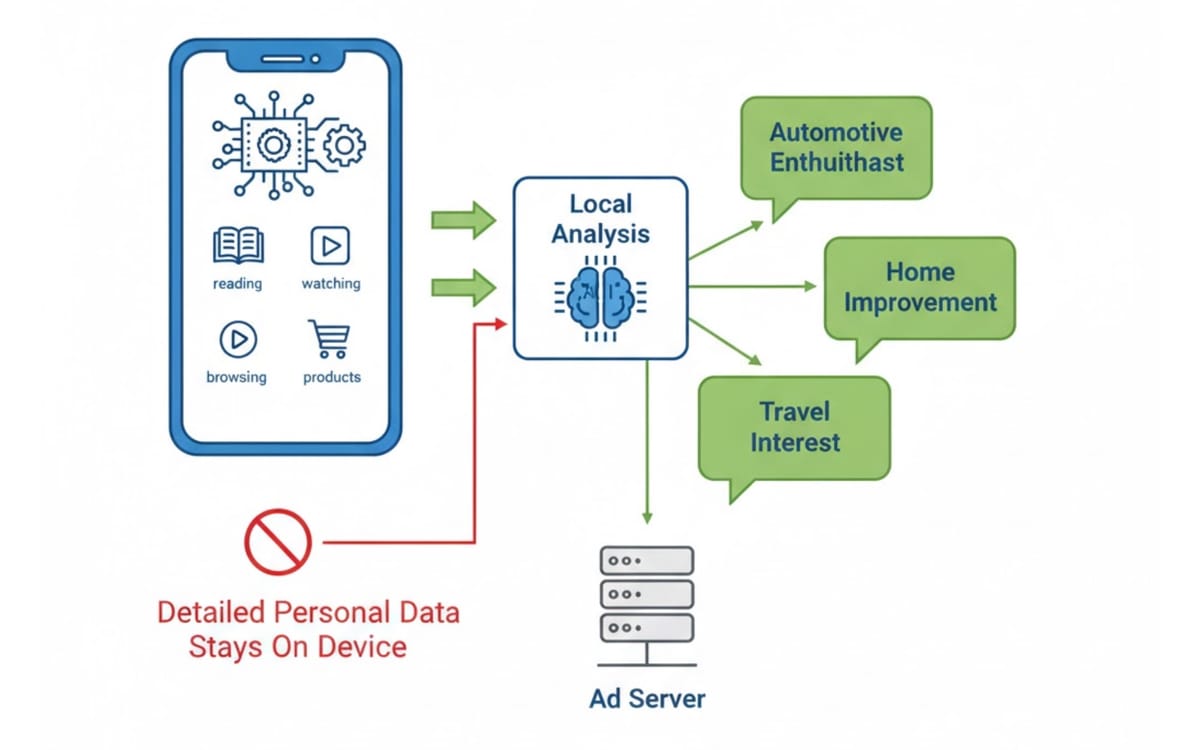The Interactive Advertising Bureau Technology Laboratory (IAB Tech Lab) recently made significant strides in programmatic advertising with the release of its Agentic RTB Framework version 1.0 for public comment on November 12, 2025. This announcement coincided with a blog post emphasizing the potential of on-device artificial intelligence as a privacy-focused solution for publishers, indicating a pivotal shift in the landscape of digital advertising.
The Agentic RTB Framework defines essential requirements for deploying agent-driven containers within OpenRTB environments. This framework aims to facilitate real-time bidding operations by enabling containerized agents to function with minimal latency. Specifically, it establishes standardized protocols for container runtime behavior and outlines application programming interfaces (APIs) for bidstream mutation. This allows for the efficient delegation of processing tasks to autonomous agents operating within host platforms. The public comment period for the framework is open until January 15, 2026.
Miguel Morales, Director of Addressability & Privacy Enhancing Technologies at IAB Tech Lab, announced the framework, which was developed by the Container Project Working Group. This initiative involved collaboration with industry leaders such as Index Exchange, OpenX, The Trade Desk, and Chalice, with participation from companies including Amazon Ads, Netflix, Yahoo, and Paramount.
Revolutionizing Audience Targeting
In conjunction with the framework’s release, IAB Tech Lab highlighted the advantages of on-device cohort modeling in a blog post by Anish Aravindakshan from Verve. The analysis underscores on-device AI as a promising avenue for publishers striving to adhere to privacy regulations while maintaining effective audience targeting. Unlike traditional methods that transmit user data to external servers, on-device processing allows for audience segmentation directly on user devices. This respects user privacy by avoiding reliance on third-party cookies.
See also Gaia Family Launches AI-Driven IVF Model with Fixed Pricing and Full Support
Gaia Family Launches AI-Driven IVF Model with Fixed Pricing and Full SupportOn-device processing leverages the computational power of modern devices to analyze user behavior locally. For instance, a smartphone can infer that its owner enjoys automotive content without sending detailed data to external servers. It achieves this by clustering users into broad cohorts based on their interests, allowing advertisers to target groups without compromising individual privacy.
The technical specifications underpinning both the Agentic RTB Framework and on-device processing tackle ongoing challenges in the advertising sector. Containerized agents streamline the integration of various service providers with numerous advertising platforms, reducing the complexity of establishing custom connections. Meanwhile, on-device processing addresses the persistent privacy paradox faced by publishers—how to effectively monetize through targeted ads within stringent privacy constraints.
Measurement and Performance Verification
However, the shift toward these advanced technologies raises critical questions about measurement and verification. Traditional advertising relied on observable metrics, allowing advertisers to track performance and optimize campaigns effectively. With autonomous agents making real-time decisions, the focus shifts from detailed input-output analysis to evaluating overall campaign outcomes. This outcome-based approach emphasizes quantifiable results over granular decision-making processes.
For on-device processing, the lack of detailed tracking presents its own challenges. While advertisers can determine if they reached the right cohorts, verifying the accuracy of how those cohorts were formed becomes complex. Performance must be inferred from campaign results rather than direct data analysis.
To address these challenges, advertisers can utilize control groups and incrementality testing, comparing campaign results using on-device cohorts against traditional targeting methods. Aggregate reporting, which summarizes performance without detailing individual user journeys, also offers a privacy-compliant solution for measuring effectiveness.
As IAB Tech Lab continues to develop its framework, the emphasis on both containerized agents and on-device processing reflects broader industry trends toward enhancing privacy, efficiency, and performance in digital advertising. With significant financial backing—$1.1 billion in equity investments in agentic AI during 2024—this evolution appears poised to reshape the landscape of programmatic advertising significantly.
Stakeholders in the digital advertising ecosystem, including publishers and advertisers, are encouraged to participate in the public comment period for the Agentic RTB Framework, which can be accessed through the IAB Tech Lab’s website. These developments are crucial for navigating the increasingly complex world of privacy regulations while maintaining the value of targeted advertising.








































































